From Fairways to Film Reels – The Cinematic Rebranding of Golf
Athletes on Screen – When Sporting Icons Become Cultural Catalysts
Happy Gilmore 2 and the Reinvention of Golf’s Identity
Golf has traditionally been framed as a sport of precision, etiquette, and exclusivity. Its cultural image is steeped in quiet landscapes, whispered commentary, and a reverence for tradition. But when a film like Happy Gilmore 2 enters the public imagination, it doesn’t merely entertain—it disrupts, redefines, and recontextualizes the sport itself.

Happy Gilmore 2 – What does this do to golf?
- Democratizes the sport – By showcasing a protagonist who defies convention, the film opens the door to audiences who may have felt alienated by golf’s perceived elitism. It reframes golf as accessible, humorous, and emotionally resonant.
- Challenges tradition – The comedic chaos of Happy Gilmore’s swing, attitude, and defiance of golf etiquette forces a reevaluation of what the sport stands for. It invites debate about modernization, inclusivity, and the role of personality in a historically stoic game.
- Boosts visibility and cultural relevance – Golf becomes part of the broader entertainment ecosystem. It’s no longer confined to sports channels and country clubs—it’s embedded in memes, movie quotes, and pop culture references.
The sequel, arriving in a media landscape shaped by streaming platforms and viral content, has the potential to amplify these effects. It can serve as both satire and celebration—mocking golf’s rigidity while honoring its emotional stakes.
When Athletes Become Actors – The Cinematic Power of Sporting Icons
The migration of athletes into film is more than a career pivot—it’s a cultural phenomenon like John Daly in Happy Gilmore 2. When figures like Michael Jordan, Shaquille O’Neal, or Brett Lee step into cinematic roles, they bring with them the weight of their sporting legacies. But they also bring vulnerability, charisma, and a new kind of influence.
Humanizing Greatness – Breaking the Myth of Invincibility
Athletes are often seen as untouchable figures of perfection. Film allows them to be vulnerable, funny, flawed, and relatable. This humanization deepens fan loyalty and broadens appeal beyond traditional sports audiences.
Jordan’s role in Space Jam allowed viewers to see him as more than a basketball legend—it framed him as a father, a teammate, and a reluctant hero. That emotional accessibility reshaped how fans connected with him.
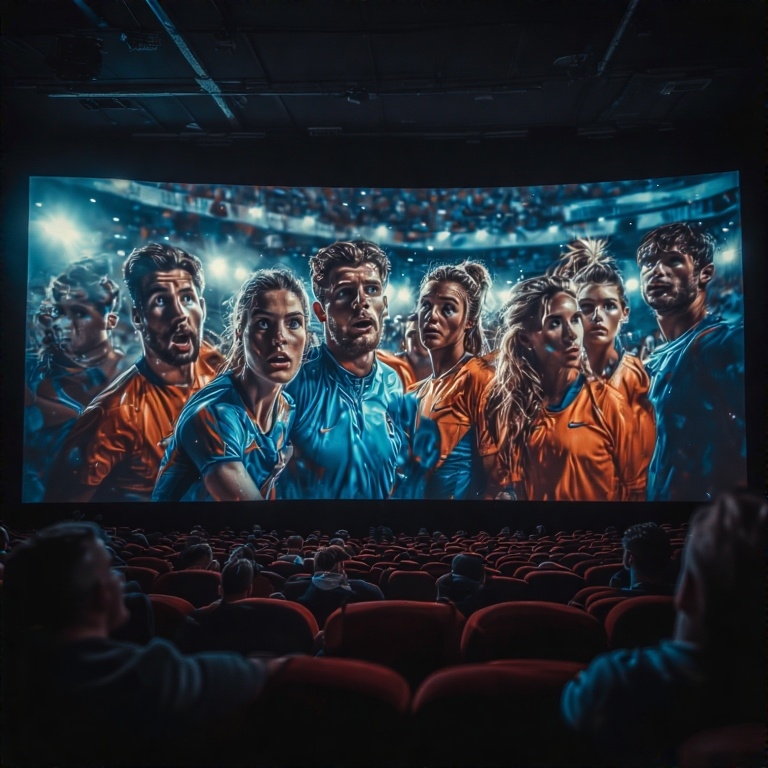
Globalizing Sport Through Storytelling – Cultural Bridges in Cinema
Brett Lee’s appearance in UnIndian was more than a cameo—it was a strategic cultural exchange. Cricket, already dominant in India, gained a new layer of international resonance. Lee’s role helped Australian cricket connect with Indian audiences on a personal level, fostering cross-cultural appreciation and emotional investment.
This kind of cinematic diplomacy isn’t limited to cricket. When athletes appear in films across borders, they become ambassadors—not just for their sport, but for shared values like perseverance, humility, and unity.
Expanding the Athlete’s Brand – Influence Beyond the Arena
Film allows athletes to transcend the boundaries of competition. They become storytellers, role models, and cultural icons. This expansion can lead to broader media coverage, increased influence over social discourse, and new opportunities in philanthropy and entrepreneurship.
Athletes in film often embody archetypes—heroes, rebels, mentors—that resonate across demographics. Their presence in cinema elevates sport from spectacle to symbol.

The Narrative Shift – How Film Rewrites the Rules of Sports Coverage
Cinema doesn’t just borrow from sport—it transforms it. The techniques of filmmaking—narrative structure, emotional pacing, visual stylization—have infiltrated how sports are presented and consumed.
Sports coverage now mirrors cinematic storytelling. Rivalries are framed as epic battles. Comebacks are treated as redemption arcs. Athletes are cast as protagonists in unfolding dramas.
Visual Stylization – The Cinematic Language of Modern Sport
Slow-motion replays, dramatic lighting, and curated soundtracks heighten the emotional impact of sporting moments. These techniques, borrowed from film, make sports more immersive and emotionally resonant.
This stylization doesn’t just enhance the viewing experience—it changes how fans interpret performance, pressure, and victory.
Athlete Mythologizing – From Competitor to Legend
Documentaries, biopics, and dramatized series elevate athletes into legends. Their careers are distilled into narratives of struggle, triumph, and legacy—often simplifying complexity for emotional clarity.
This mythologizing shapes public memory. It influences how future generations understand sport, success, and sacrifice.
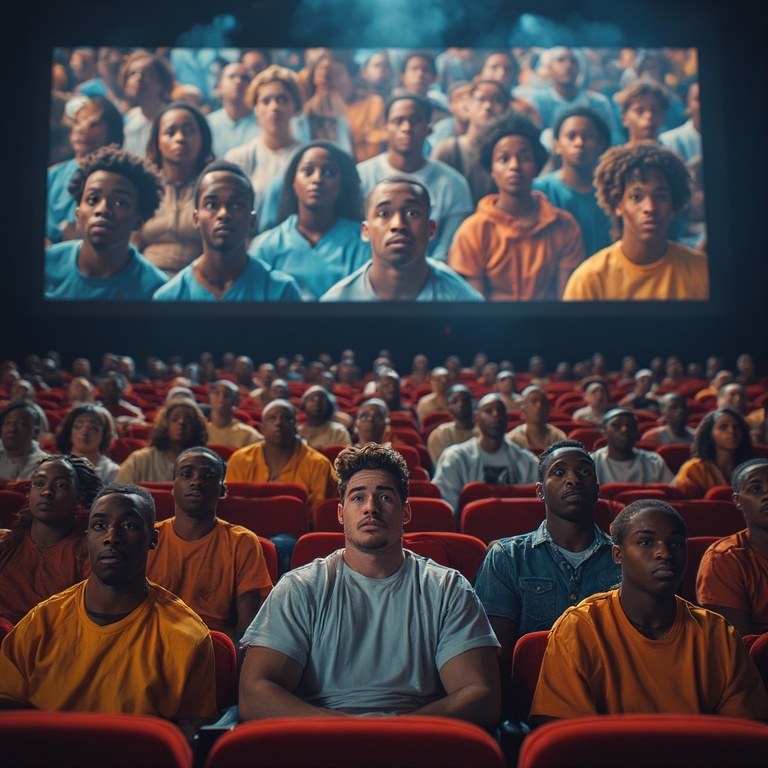
Gender Imbalance in Sports Cinema – Why Male Athletes Dominate the Screen
Despite the growing visibility of women in elite sport, the transition from athlete to actor—and the cinematic narratives built around sport—remain overwhelmingly male-centric. This imbalance isn’t just a reflection of casting choices; it’s rooted in deeper cultural, commercial, and historical dynamics.
Why do more male athletes appear in films?
- Legacy and visibility – Historically, men’s sports have received more media coverage, sponsorship, and global attention. This visibility translates into broader name recognition, making male athletes more commercially viable for film roles.
- Cultural archetypes – Cinema has long leaned on masculine archetypes—warrior, rebel, underdog, hero. These tropes align easily with male-dominated sports narratives, especially in contact sports like boxing, basketball, or football.
- Industry inertia – Casting decisions often follow precedent. Since male athletes have traditionally been featured in films, studios continue to replicate that model, reinforcing the cycle.
Why are most sports films centered around men?
- Narrative tradition – From Rocky to Moneyball, sports films have historically focused on male protagonists. These stories often explore themes of redemption, rivalry, and legacy through a masculine lens.
- Market assumptions – Studios frequently assume that male-led sports films will attract broader audiences, especially in international markets. This assumption influences funding, marketing, and distribution strategies.
- Underrepresentation of women’s sports – While women’s sports are gaining traction, they’re still underrepresented in mainstream media. This lack of coverage makes it harder for female athletes to become household names, which in turn limits their cinematic opportunities.
What’s changing?
There are signs of progress. Films like King Richard (which centers on Venus and Serena Williams) and Million Dollar Baby have challenged the norm, proving that female-led sports narratives can be critically acclaimed and commercially successful. Documentaries and streaming platforms are also expanding the space for women’s stories in sport.
But the shift is slow. Until female athletes receive equal visibility, investment, and narrative complexity, the imbalance will persist—not just in casting, but in the very stories cinema chooses to tell.
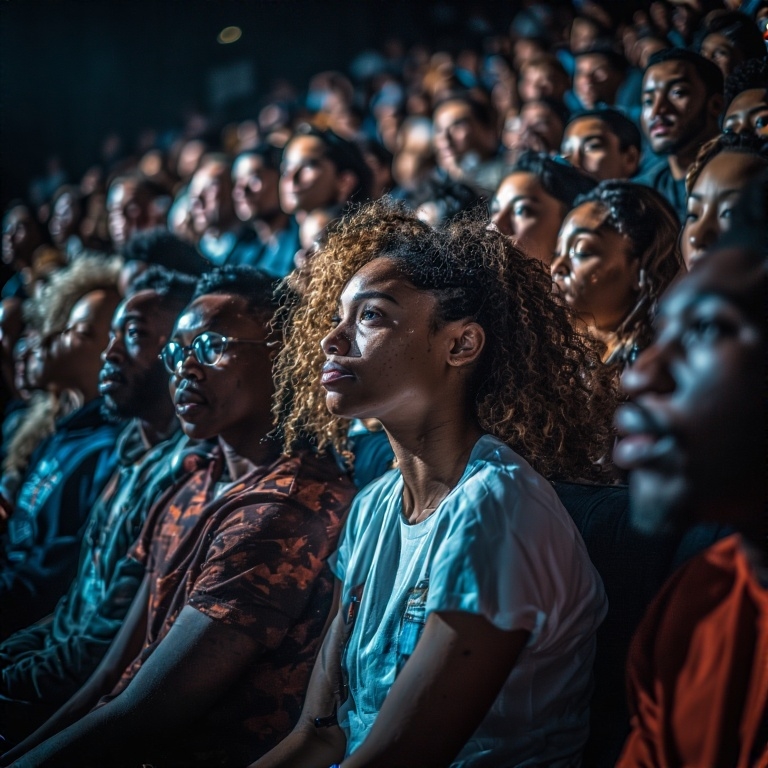
Emotional Accessibility – Why Stories Matter More Than Stats
Statistics may define performance, but stories define legacy. Films allow athletes to be seen as people first—individuals with dreams, doubts, and defining moments.
This emotional accessibility builds deeper fan engagement. It transforms passive spectators into emotionally invested communities.
Youth Engagement – Inspiring the Next Generation Through Film
When young viewers see athletes on screen, they don’t just see skill—they see possibility. Films can inspire participation, shape aspirations, and redefine what success looks like.
Characters like Happy Gilmore or cinematic versions of real athletes become entry points for youth engagement, especially in sports that may lack mainstream appeal.
Cross-Media Synergy – How Franchises Extend Athletic Influence
Athletes in film often become part of larger media ecosystems—video games, merchandise, animated series. This cross-platform presence amplifies their cultural impact and extends their reach beyond traditional sports audiences.
Jordan’s presence in Space Jam wasn’t just cinematic—it became part of a merchandising empire that shaped youth culture for years.

Ethical Storytelling – Responsibility in Representing Sport
With influence comes responsibility. Films that depict athletes or sports must navigate ethical considerations—accuracy, representation, and the potential impact on public perception.
Misrepresentation can distort understanding. Thoughtful storytelling can educate, inspire, and elevate discourse around sport and society.
Cultural Integration – Sport as a Narrative Tool in Global Cinema
In Indian cinema, the integration of cricket or wrestling into film narratives reflects deeper cultural values—family, honor, resilience. When foreign athletes participate in these stories, they become part of a larger cultural dialogue.
This integration fosters mutual respect and shared identity, using sport as a bridge between nations and narratives.
Legacy Building – How Film Immortalizes Athletic Impact
Athletes retire. Records are broken. But films endure. They preserve moments, emotions, and ideals that define an era.
Cinema becomes a time capsule for athletic legacy—ensuring that the impact of figures like Jordan, Shaq, or Brett Lee continues to resonate long after their final game.
Fan Identity and Belonging – How Cinema Shapes Sports Fandom
Films don’t just reflect fandom—they shape it. When audiences see their favorite athletes portrayed on screen, they feel validated, seen, and emotionally connected. This cinematic portrayal can deepen loyalty and foster community.
Sports films often become rallying points for fans, reinforcing shared values and collective memory. They help define what it means to belong to a team, a sport, or a movement.
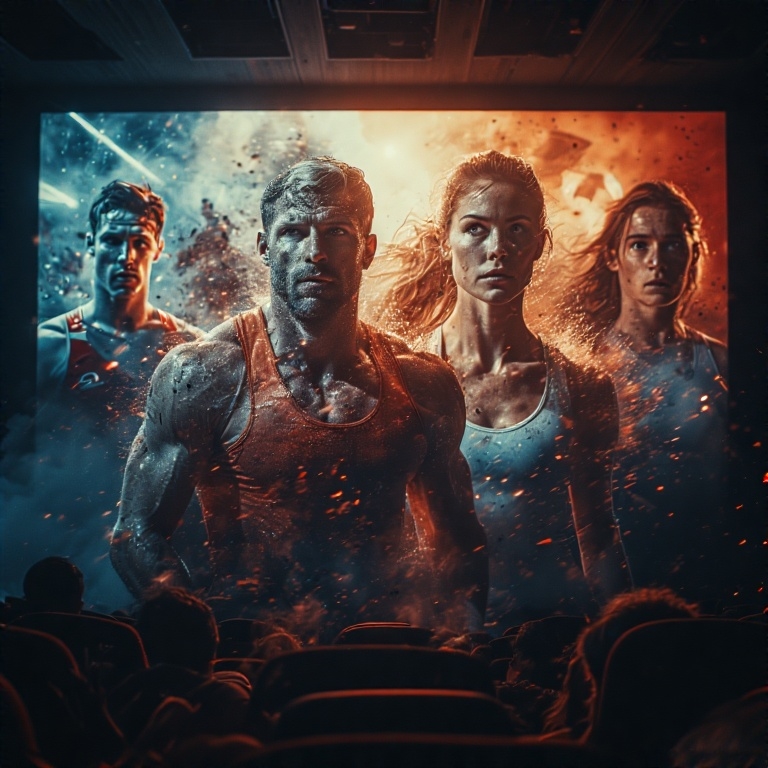
The Athlete as Myth – Cinema’s Role in Constructing Heroism
Cinema doesn’t just document athletic achievement—it mythologizes it. Athletes become symbols of resilience, justice, or rebellion. Their stories are elevated into modern folklore, often stripped of ambiguity to serve a larger narrative purpose.
How does this myth-making affect sport?
- Simplifies complexity – Real-life athletes face nuanced challenges—injuries, politics, personal struggles. Films often distill these into clear-cut arcs of triumph or tragedy, shaping public perception in ways that may overlook the full reality.
- Amplifies legacy – A well-crafted film can immortalize an athlete’s impact far beyond their competitive years. It can turn a moment into a movement, a performance into a parable.
- Creates cultural icons – Athletes portrayed in film often transcend sport. They become part of national identity, generational memory, and even political discourse.
This mythologizing isn’t inherently reductive—it can be empowering. But it also places athletes within frameworks that may not reflect their full humanity. The challenge for filmmakers is to balance inspiration with authenticity, and for audiences to recognize the difference between narrative and nuance.
Join the Discussion
How do you think cinema has changed your perception of sport? Has a film ever made you see an athlete—or a game—in a completely new light? Did you like Happy Gilmore 2?
#SportInCinema #AthletesOnScreen #HappyGilmoreEffect #CulturalImpactOfFilm #MichaelJordanLegacy #ShaqInCinema #CricketMeetsBollywood #FilmAndSportFusion #AthleteStorytelling #LegacyThroughFilm #WomenInSportsCinema #MythOfTheAthlete



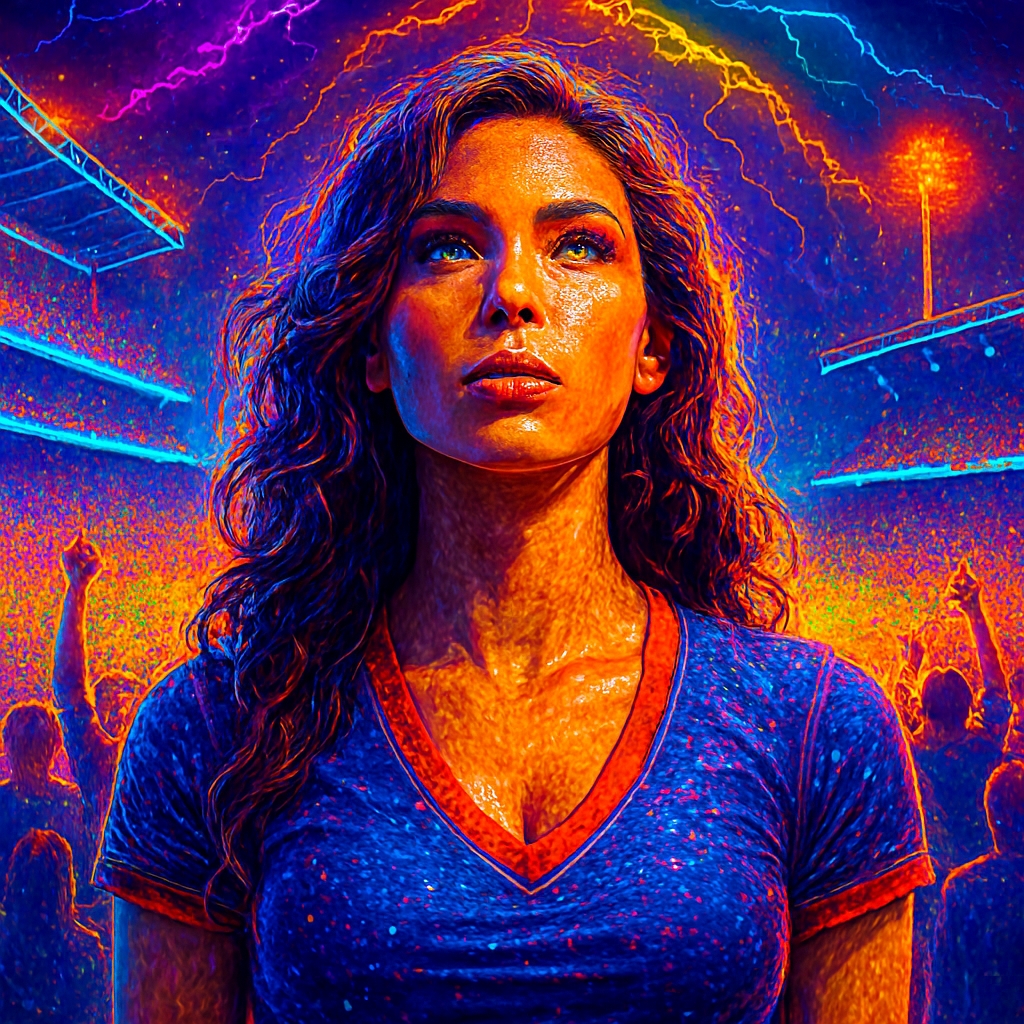


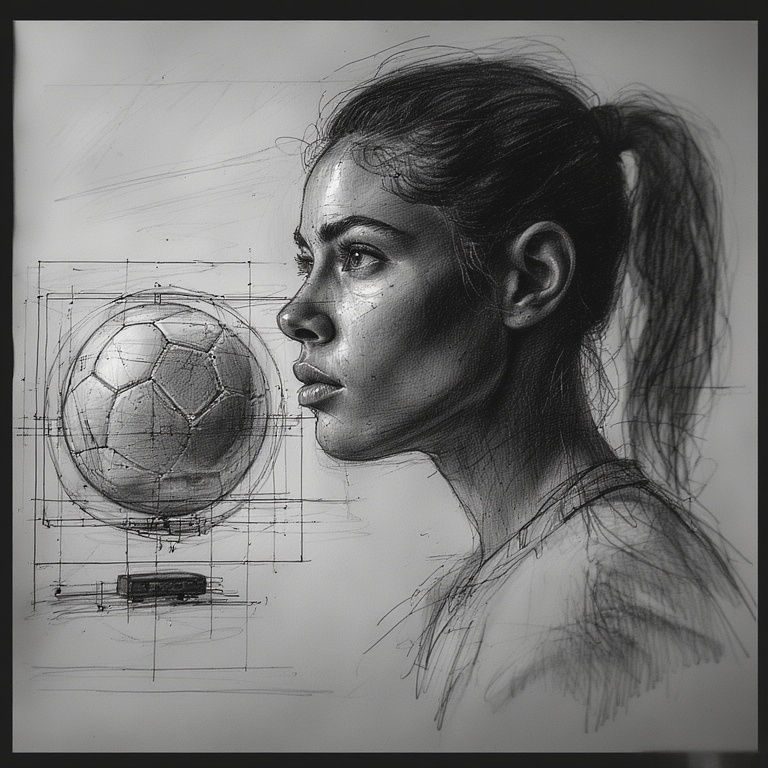




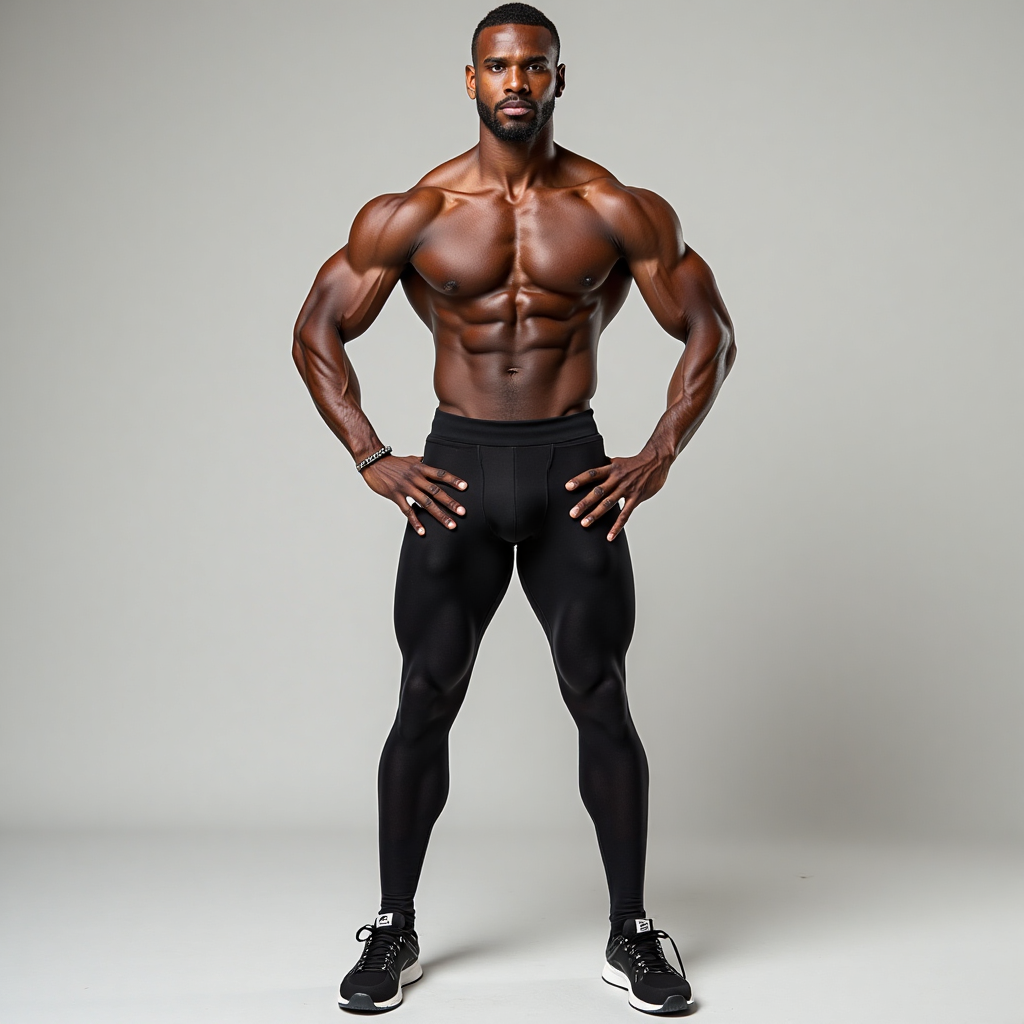


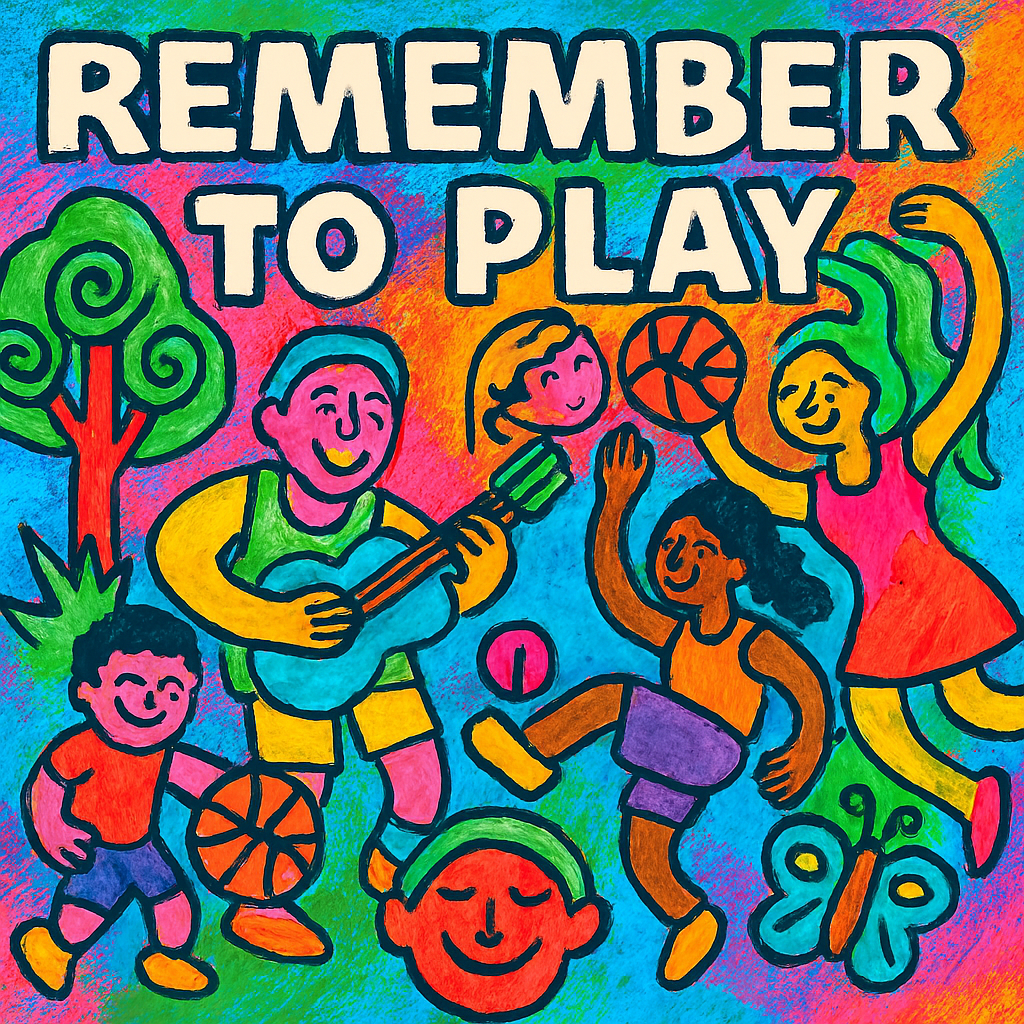
Skateboarding's Sport Ascent - From Pavement To Pinnacle
[…] Skateboarding as a Sport defies categorization. It’s athletic, artistic, philosophical, and communal. It demands physical coordination, mental resilience, and creative problem-solving—all without the rigid structure of traditional sports. […]